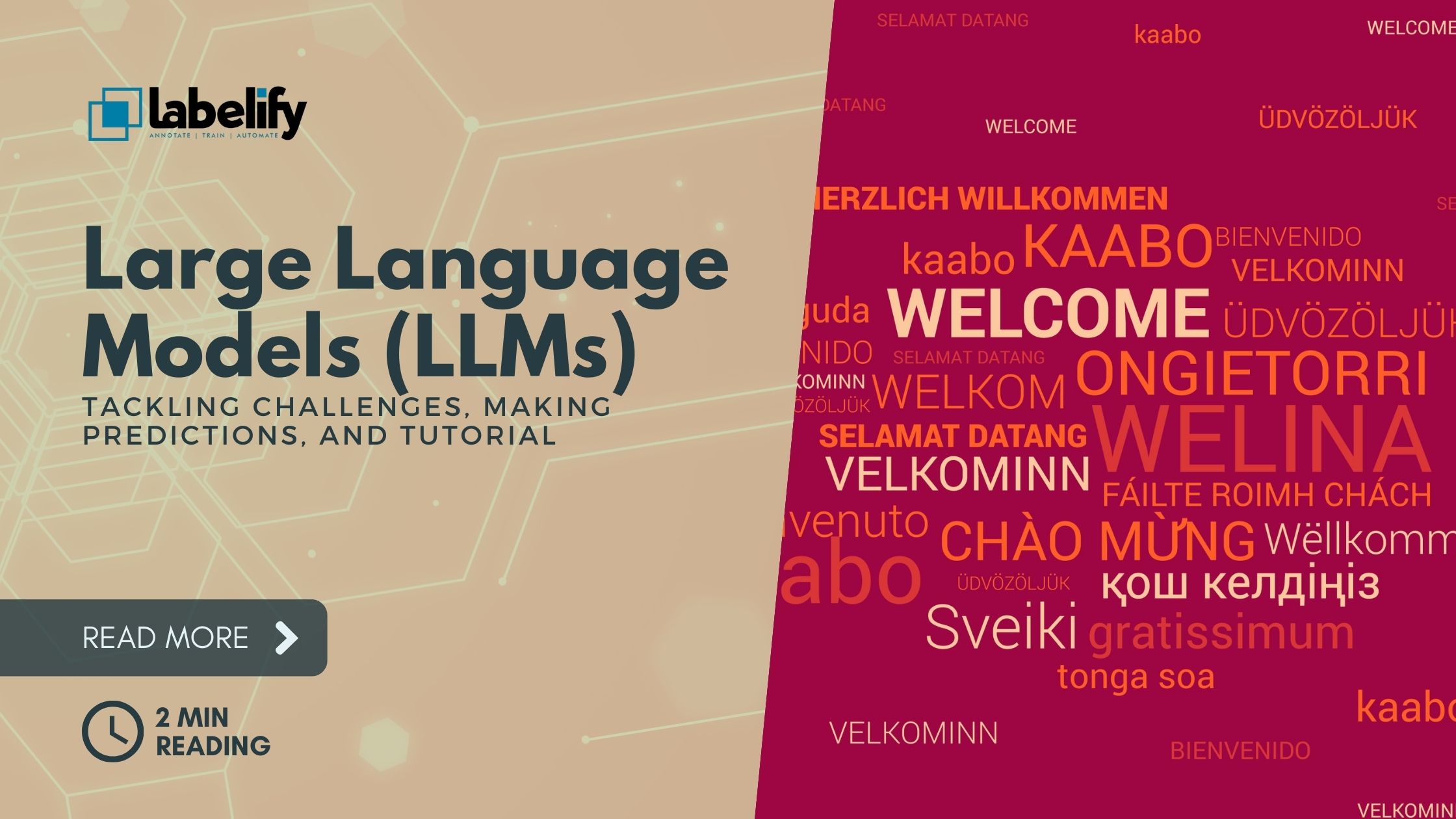In this article, let's dive into the fascinating realm of Large Language Models (LLMs) – the game-changing neural network models that have revolutionized natural language processing.
LLMs have the power to comprehend and generate human-like language, thereby elevating content creation, research, and professional tasks across diverse industries.
However, we must also address the challenges surrounding ethics, bias, and reliability.
Join us as we navigate these challenges, make predictions about the future of LLMs, and provide a comprehensive tutorial on their usage and best practices.
Let's unleash the potential of language together.
Key Takeaways
Looking ahead, the potential of Large Language Models (LLMs) is truly astonishing. LLMs have already revolutionized various industries and domains by understanding and generating human-like language.
However, we must also address the ethical implications, biases, and reliability concerns associated with using LLMs.
By overcoming these challenges and adopting best practices, we can fully unleash the power of LLMs and pave the way for a more productive and inclusive future.
Ethical Implications and Challenges
When using Large Language Models (LLMs), we must confront the ethical implications and challenges that arise. Addressing biases in LLMs is crucial to ensure fairness and avoid perpetuating existing inequalities. We must strive for transparency in LLM decision-making processes to maintain trust and accountability.
As LLMs become more integrated into our lives, we must prioritize the liberation of individuals and communities. By actively working to eliminate biases in LLMs, we can create a more inclusive and equitable future. Transparency in LLM decision making allows us to understand how these models arrive at their conclusions and helps us identify potential biases.
Through open dialogue and collaboration, we can shape LLMs that serve the best interests of humanity.
Future Predictions and Advancements
As we consider the ethical implications and challenges of Large Language Models (LLMs), it's important to look ahead and explore the future predictions and advancements that lie ahead. The advancements in LLMs are poised to revolutionize the job market, creating new opportunities and reshaping existing roles. With LLMs becoming increasingly sophisticated, they'll not only assist in content creation and research but also take on more complex tasks. This will lead to a shift in the job market, where humans and LLMs collaborate and complement each other's skills. To illustrate this transformative impact, let's explore the potential future roles and their corresponding LLM-assisted tasks in the table below:
| Future Roles | LLM-Assisted Tasks |
|---|---|
| Content Curator | Recommending highly tailored content |
| Data Analyst | Automating data analysis and visualization |
| Legal Consultant | Conducting legal research and generating documents |
| Software Developer | Assisting in code completion and error detection |
These advancements will liberate individuals from mundane and time-consuming tasks, allowing them to focus on higher-level decision-making and creativity. The job market will experience a paradigm shift, where humans and LLMs collaborate to achieve greater efficiency and productivity. As we embrace the future of LLMs, it's crucial to adapt our skills and embrace the opportunities that arise.
Practical Tutorial for Implementing LLMs
Let's explore the practical implementation of LLMs and discover the step-by-step process for effectively utilizing these powerful language models.
- Choose the right LLM for your project, considering factors like model size, training data, and task compatibility.
- Preprocess your data by cleaning and organizing it to ensure optimal performance.
- Fine-tune the LLM on your specific task or domain to enhance its performance and make it more contextually relevant.
- Experiment and iterate with different hyperparameters and training techniques to improve the model's output.
- Evaluate the LLM's performance using metrics like perplexity, accuracy, and human evaluation to assess its effectiveness.
Implementing LLMs in real-world scenarios opens up exciting possibilities for creative writing projects. By following these steps, you can leverage the power of LLMs to generate compelling content, mimic specific writing styles, and collaborate with AI to enhance your creative endeavors.
Overcoming Limitations and Biases
To overcome the limitations and biases in Large Language Models (LLMs), we must actively work on refining their training processes and improving their outputs. It's crucial that we prioritize addressing biases and ensuring fairness and inclusivity in the development and deployment of LLMs.
This requires a comprehensive approach that involves diverse and representative training data, rigorous evaluation metrics, and ongoing monitoring and feedback loops. We must also invest in research and development to enhance the interpretability and transparency of LLMs, allowing users to understand and challenge the decisions made by these models.
Best Practices for Optimizing LLM Performance
To optimize the performance of Large Language Models (LLMs), we need to implement best practices that prioritize efficiency and effectiveness. Here are some key strategies for achieving optimal LLM performance:
- Fine-tuning Techniques: Use advanced methods to enhance the model's ability to adapt to specific tasks and domains.
- Data Preprocessing: Implement robust techniques to clean, normalize, and augment the training data, ensuring high data quality and reducing noise.
- Efficient Resource Allocation: Utilize distributed computing frameworks and hardware accelerators to maximize computational efficiency and minimize training time.
- Model Compression: Apply techniques to reduce the size of LLMs without compromising performance, enabling faster inference and deployment on resource-constrained devices.
- Regularization and Regular Updates: Regularize the model during training to prevent overfitting and improve generalization. Moreover, continuously update the model with fresh data to ensure it remains relevant and accurate.
Frequently Asked Questions
What Are the Potential Ethical Concerns Related to the Use of Large Language Models (Llms)?
Using LLMs gives rise to ethical concerns and privacy issues.
As we embrace these powerful language models, we must ensure they respect individual privacy and safeguard data security. It's crucial to have transparency in data usage, obtain consent, and establish responsible AI governance.
We envision a future where LLMs liberate and empower individuals while protecting their rights.
How Do Researchers and Developers Address the Issue of Bias in Llms?
Addressing bias in LLMs is crucial for mitigating prejudice. As researchers and developers, we actively work on strategies to ensure fairness and inclusivity. We implement rigorous data preprocessing techniques, conduct thorough bias audits, and diversify our training datasets.
We also incorporate ethical guidelines and accountability mechanisms into the development process. By continuously refining our models and fostering transparency, our goal is to create LLMs that empower all users and promote equality in language generation.
What Are Some of the Limitations of Current LLM Technology and How Can They Be Overcome?
To overcome the limitations of current LLM technology, we envision advancements that push the boundaries of language understanding. We foresee innovations that enhance logical reasoning, fact-checking, and bias detection capabilities.
The future of LLMs lies in their ability to incorporate diverse perspectives, ensure ethical decision-making, and empower users with transparency and control. By prioritizing fairness, inclusivity, and responsible development, we can create LLMs that truly liberate users, fostering a more equitable and informed society.
Are There Any Specific Industries or Domains Where the Use of LLMs May Be More Challenging or Problematic?
Certain industries or domains pose unique challenges and problems when it comes to using LLMs. These industries include highly regulated fields such as healthcare and finance, where accuracy and compliance are crucial.
Similarly, problematic domains may involve sensitive areas like law enforcement or national security, where concerns regarding privacy and confidentiality may arise.
Addressing these challenges and finding ethical, secure, and beneficial solutions is essential to ensure the effective use of LLMs in these industries and domains for the benefit of all stakeholders involved.
What Are Some Best Practices for Optimizing the Performance and Output Quality of LLMs in Different Applications?
To optimize LLMs' performance and output quality in different applications, we follow best practices. We focus on improving efficiency by fine-tuning the models and leveraging transfer learning.
We ensure quality assurance through rigorous testing and validation techniques. By continually refining and updating the training data, we guarantee that the models remain relevant and accurate.
Our forward-thinking approach allows us to push the boundaries of what LLMs can achieve, empowering users with robust and dependable language processing capabilities.
Conclusion
Looking ahead, the potential of Large Language Models (LLMs) is truly astonishing. LLMs have already revolutionized various industries and domains by understanding and generating human-like language.
However, we must also address the ethical implications, biases, and reliability concerns associated with their use.
By overcoming these challenges and adopting best practices, we can fully unleash the power of LLMs and pave the way for a more productive and inclusive future.




